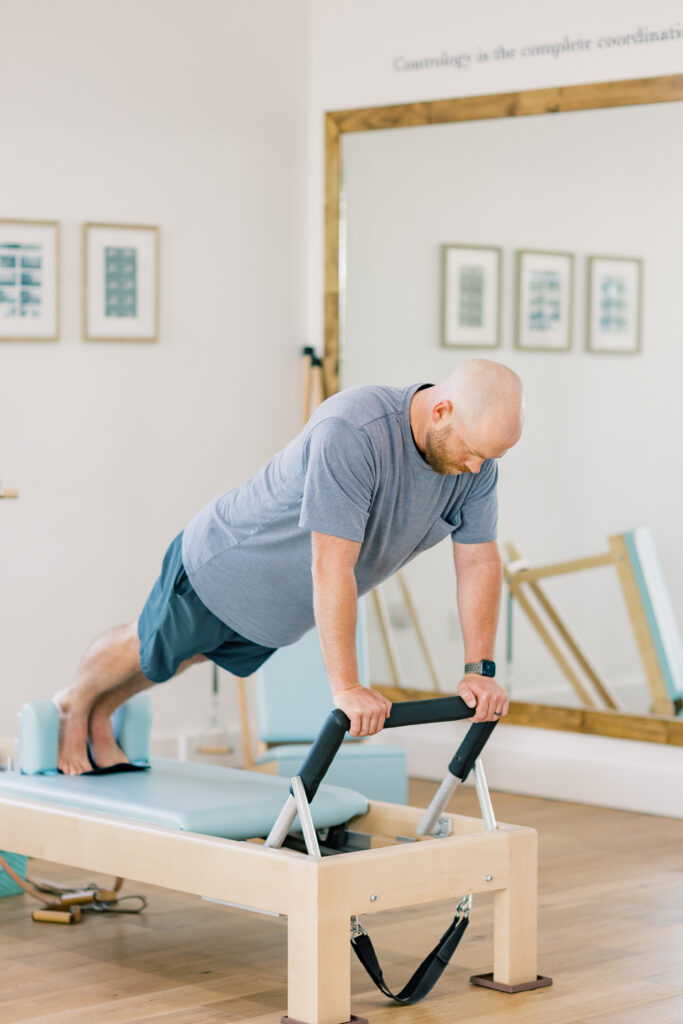The Hip Joint
The hip girdle is a multifaceted joint with 21 muscles that cross over the hip joint providing a combination of movement and stability. It is capable of a great range of motion with it being a ball-and-socket type of joint. It is also subject to an array of compression and rotational forces. The hip joints and lower lumbar spine have a dynamic interplay and relational influence on each other as they share neighboring or supporting muscles. Given the complexity of the structure and nearby surrounding anatomy, its functional capabilities, and exposure to varying forces, the hip joints can also become vulnerable to compression, inflammation, discomfort/pain, dysfunction, and degeneration. Some of the more common syndromes or pathologies involving the hip joint AND/OR nearby surrounding areas include but are not limited to the following:
Bursitis,
Iliopsoas Syndrome,
Sciatica,
Labral Tear
Hip/Gluteal Tendonopathy,
Osteoarthritis, Rheumatoid Arthritis
Snapping Hip Syndrome (Dancer’s Hip Syndrome),
Piriformis Syndrome
Just seeing this list alone, it is no wonder people can feel like their head is spinning when attempting to go down the rabbit hole of trying to self diagnose the reason for their hip pain.
As you scroll through social media these days, you can find any number of body/health professionals proclaiming a singular culprit/diagnosis/muscular imbalance responsible for all hip discomfort or pain. Typically the claims are accompanied by a single specific exercise and/or gadget for purchase to resolve the hip pain/discomfort one is experiencing. While the information being proclaimed by the professional is not necessarily inaccurate and has sound anatomical science rationale, be wary of the singular cause/”one solution fits all” remedy.
Given the complexity of the hip structure and function along with relation to the spine, typically the source of hip dysfunction/pain is multifactorial and can not be reduced to just one singular muscular imbalance. This is why it is really important to seek out a truly credited specialized healthcare provider to see what is exactly going on with your hip(s).
Maintaining Healthy Hips
Prevention is always the best approach when it comes to maintaining the health and longevity of the body, including the joints. The best thing to support the health of the joints is to provide as much support to the joint by keeping it in a balanced state with equal parts strength and fluidity (flexibility), as well as, decompress it to keep all the parts happily organized within.
The good news is, Pilates does just this for our joints! It internally reorganizes the bodily structures from the inside out through movement. Pilates builds a deep internal 360 degrees support within the hip socket and pelvis by strengthening deeper synergistic muscle groups, not allowing the large muscle groups to dominate and overwork, such as the hip flexors, and overall, creating a balance. Pilates creates what I call “space” in the hip joint. Since the hips and lower spine are so interrelated with the shared pelvis between them,the decompression of the hips greatly enhances healthy decompression of the lower spine and vice versa. In essence, keep building supportive strength and healthy range-of-motion/flexibility within the hip joints through healthy intentional movement that brings good blood flow to them to keep them balanced and organized.
All of the exercises within the Pilates Method are designed to develop a uniform, organization within the body for overall health and function whether it be daily life function and tasks or the high performance of a professional athlete or dancer. Every exercise within the Pilates Method is specifically designed with this intention in mind.


